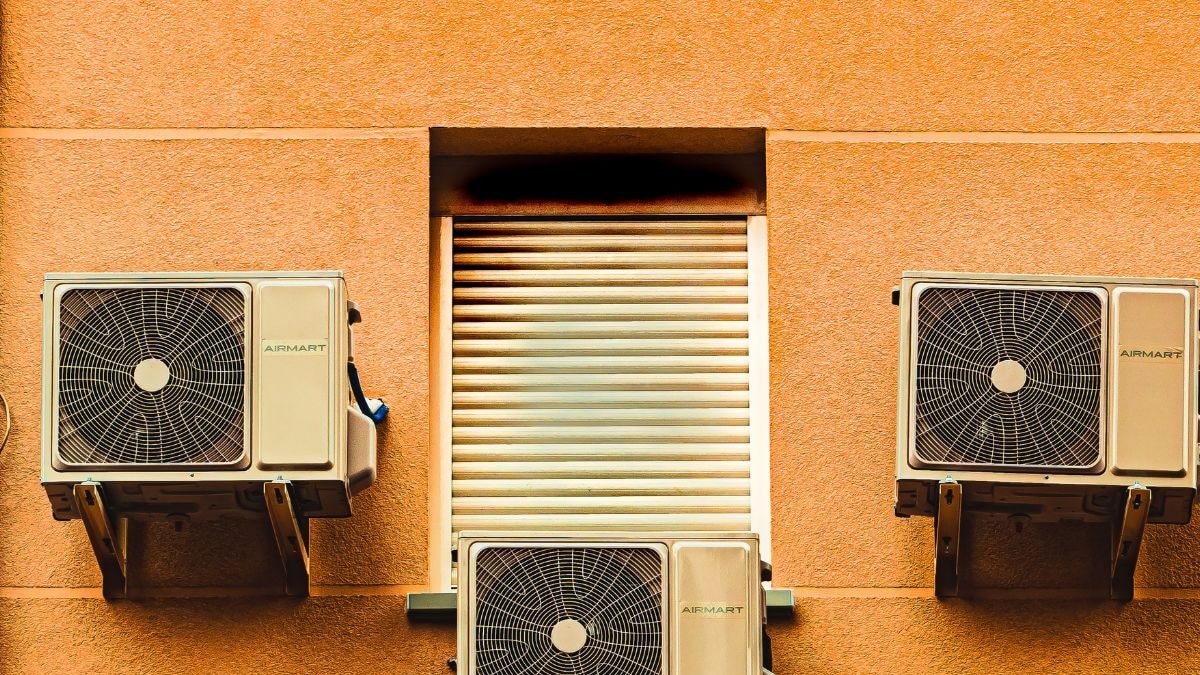[ad_1]

Rising heat in India has led to a surge in demand for Acs.
By 2050, India’s cooling-related electricity demand will surpass Africa’s current total energy consumption, IEA reports.
The purchase of air conditioners in India has surged, with ownership tripling since 2010. Currently, an average of 24 out of every 100 homes has an air conditioner. This has led to a 21% spike in power consumption for cooling spaces between 2019 and 2022, as per data from the International Energy Agency (IEA).
Moreover, these numbers are expected to increase further. By 2050, ownership is projected to increase ninefold, which will evidently outpace other popular
like washing machines, TVs, and refrigerators in the Stated Policies Scenario (STEPS) by 2050.
In fact, 10% of India’s energy consumption now stems from cooling requirements. As per the IEA, “Over the past five decades, India has witnessed over 700 heatwave events, which have claimed over 17,000 lives. Fueled by its geographic and meteorological conditions, air conditioner ownership in India has been steadily rising with growing incomes, tripling since 2010 to reach 24 units per 100 households.”
“The impact of cooling needs on electricity consumption is already clear,” the IEA added.
And as a shocking fact, the IEA reports that India’s electricity consumption stemming from cooling needs will increase to a level by 2050 that will outpace the total energy expenditure of the whole of Africa today.
But, this can be mitigated to some level by having building codes, using more efficient appliances, and adopting demand response will allow the same cooling energy needs to be met with less power.
“Lowering cooling demand through energy efficiency policies, therefore, reduces the need for investment in batteries or expensive standby generation capacity, thus helping to integrate renewables more cost-effectively,” the IEA said.
Furthermore, as reported by PTI, the IEA claims that India is entering a “dynamic new phase in its energy development marked by a long-term net-zero emissions ambition, increased regulatory sophistication, a focus on clean energy deployment, and the creation of domestic clean energy technology supply chains.”
India has also announced a net-zero emissions target by 2070 by reducing the consumption of fossil fuels and lowering CO2 emissions. “While clean energy investment in India more than doubles in the STEPS by 2030 from around USD 60 billion in 2022, investment needs to nearly triple by the end of this decade to be on a trajectory to meet its net-zero emissions target,” the IEA added.
[ad_2]
Source link






